A new government assistance program in California will allow homeowners to buy their own property, but like with most things, there’s a catch. If citizens use this program, they’ll be required to fork over some of their profits from selling the house to the state. Let’s see if it’s still a good deal.
Homebuyer Assistance Is a Real Gift
Initially introduced in 2022, the homebuyer assistance program intends to offer Californian homebuyers as much as 20% of their downpayment and closing costs on a new home.
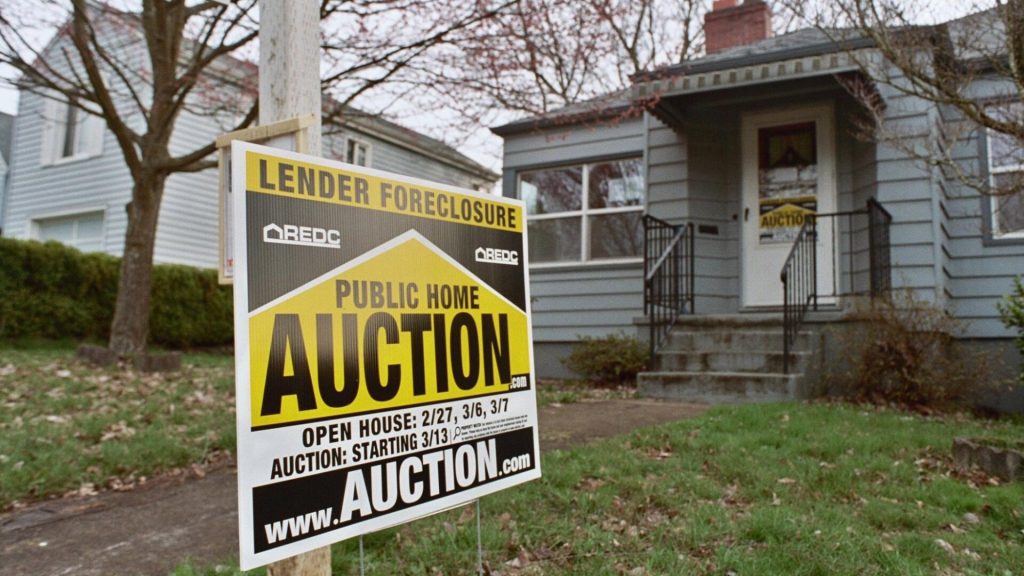
California’s property prices have gone up alongside the rest of the country, so this particular government assistance program is helping the state’s citizens deal with the rising cost of housing.
Not Like Other Housing Grants
While many people might see this on the surface as another housing grant, the homebuyer assistance program is very different from the typical housing grants states offer.
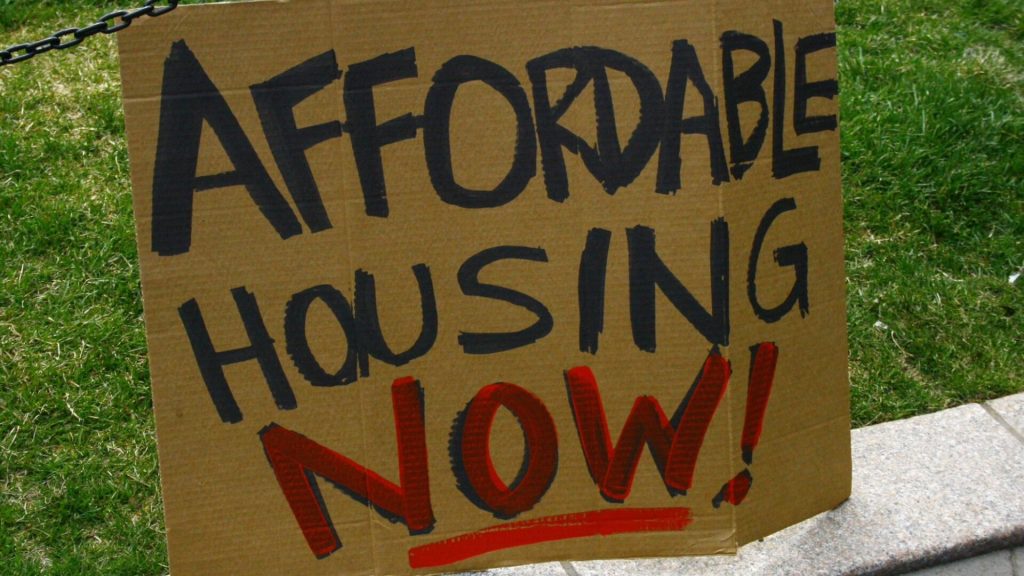
In this case, the homebuyers will need to repay the amount “loaned” to them by the state. However, that repayment isn’t the same as a mortgage. It triggers after the home is sold.
The Dream For All Program Is A Good Plan
The Dream For All program (which the state is calling its homebuyer assistance program) aims to give people an affordable way to own a home. There are several hoops that citizens have to jump through first.

Homebuyers who access the Dream for All program can get up to 20% of the cost of the home (up to a maximum of $150,000). However, this program only applies to first-time homebuyers and acts as a secondary loan on the property.
Not Everyone Is Eligible for the Dream For All Program
Despite the program’s attempt to offer first-time homebuyers a good deal, the requirements to qualify for the Dream for All program are severely restrictive.

The program requires a credit rating of over 660 and a maximum income of no more than 120% of the area median, which excludes many families from using it.
Great Resource for Some Buyers
Once you can qualify for the Dream for All program, it is an excellent resource for people who can make mortgage payments but need that extra push to afford the downpayment on a house.
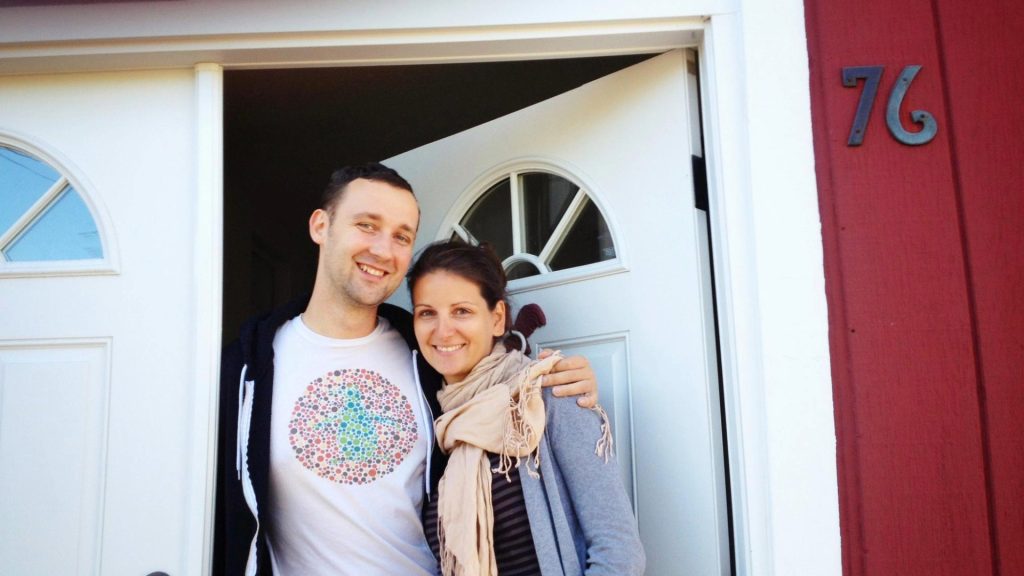
Unfortunately, with every positive thing comes something people need to be wary of. It’s no different in the Dream for All program since there’s a hefty caveat attached to it.
Selling Homes Will Force You to Pay The Loan
If you’re a California resident accessing the Dream for All program, you will get your downpayment, and the government won’t bother you about the loan you took.
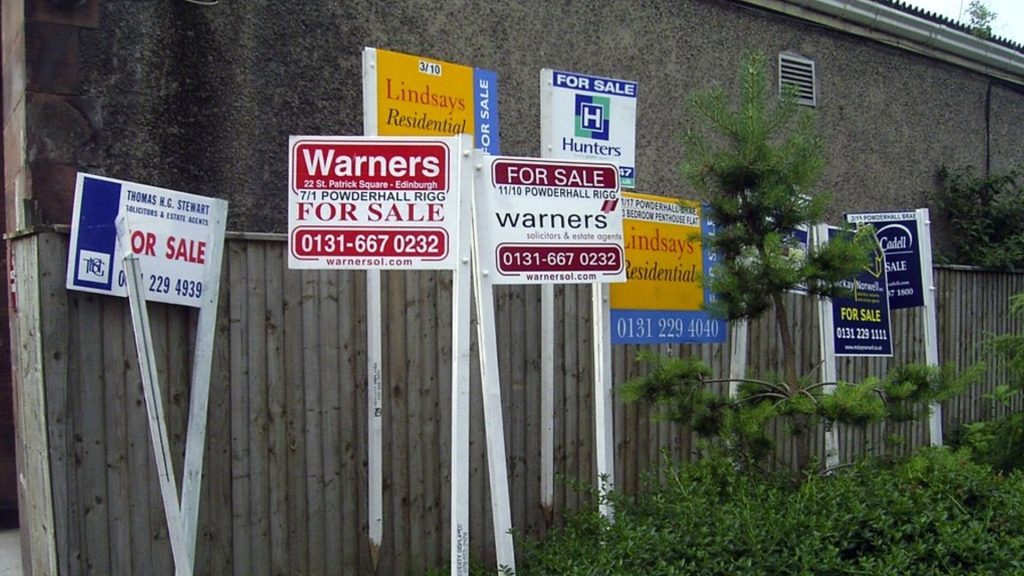
However, the minute you decide to sell the house, the state will come knocking for its share. Their share is 20% of the house’s final sale value, reducing the profit you make from it.
You’ll Likely Be Paying Back More Than You Borrowed
If you settle for a downpayment from the Dream for All program, the state will lend you 20% of the downpayment for the home, which is less than the final value of the house.
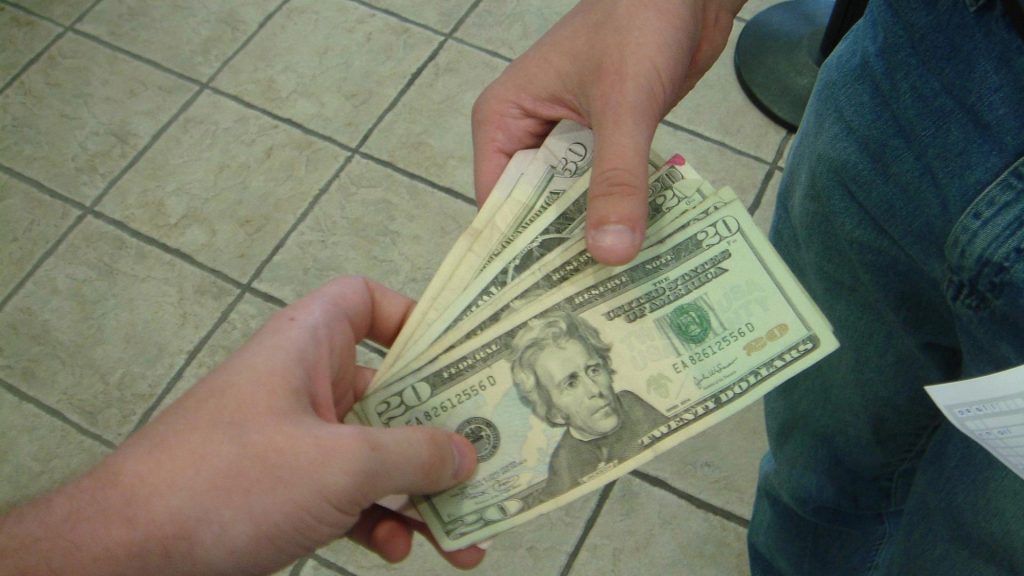
When you sell it, the state will claim 20% of the final sale value. Even if the property devalues, the state will probably take more from you than it gave to you.
The State Can’t Lose
Even if the property devalues over time and the final price is less than what you paid for it, the loan you took from the state will still need to be paid.

This makes it less viable for someone to sell their property and encourages people to hold onto homes for far longer than they should since they would be selling at a loss.
Exacerbating An Existing Problem
California has an existing problem – the availability of houses, both vacant and on the market. The Dream for All problem helps one side of this equation by making more funding available for buyers.
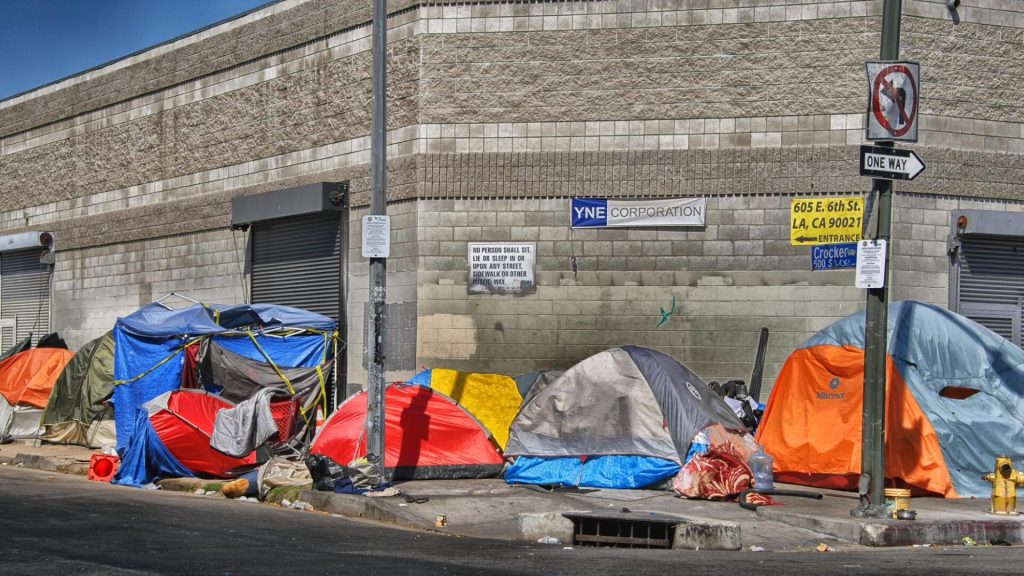
However, because of the repayment clause, anyone who buys a Dream for All home will unlikely want to sell it since they won’t get the total value of their investment at closure.
This Will Impact People’s Mobility in the Market
When homeowners sell a property, they typically use the money from that sale as a downpayment on a new property. However, the caveat in Deam for All makes that problematic.
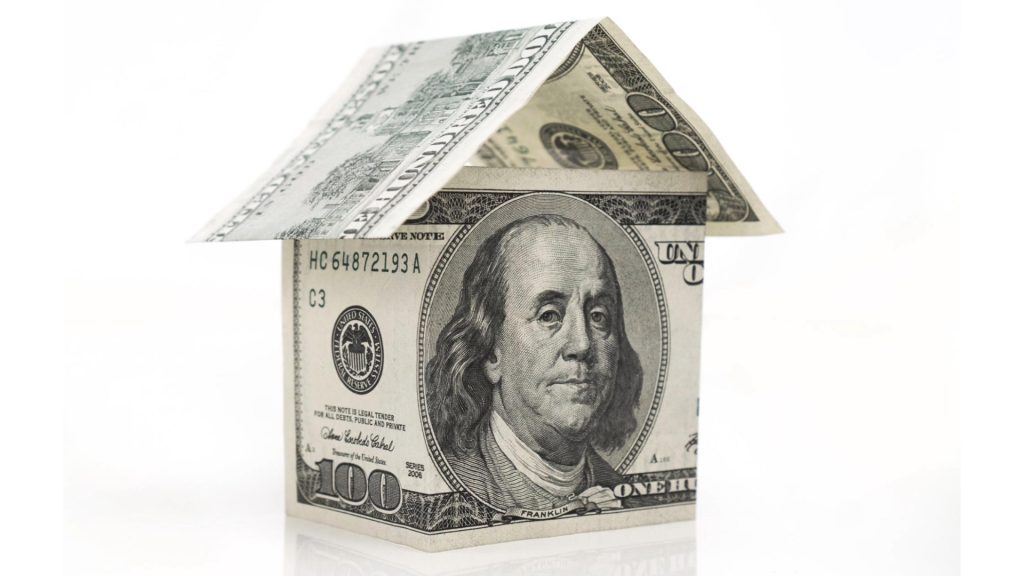
When the state extracts its 20% due from the final sale cost, the homeowner might not have enough left over to move up to a bigger home. Naturally, that means that homeowners wouldn’t be inclined to sell.
Less Money Available for the Program
There are limits on who can access the program because there simply isn’t enough for everyone who wants to use the Dream for All program.

The state has budgeted $220 million of its money to fund the program for the year. When it was initially signed into law in 2022, the state budgeted $300 million for its expenses.
First-Time Borrowers With Low Income Come First
Low-income households that are borrowing to buy a home for the first time will be moved to the front of the Dream for All program queue.
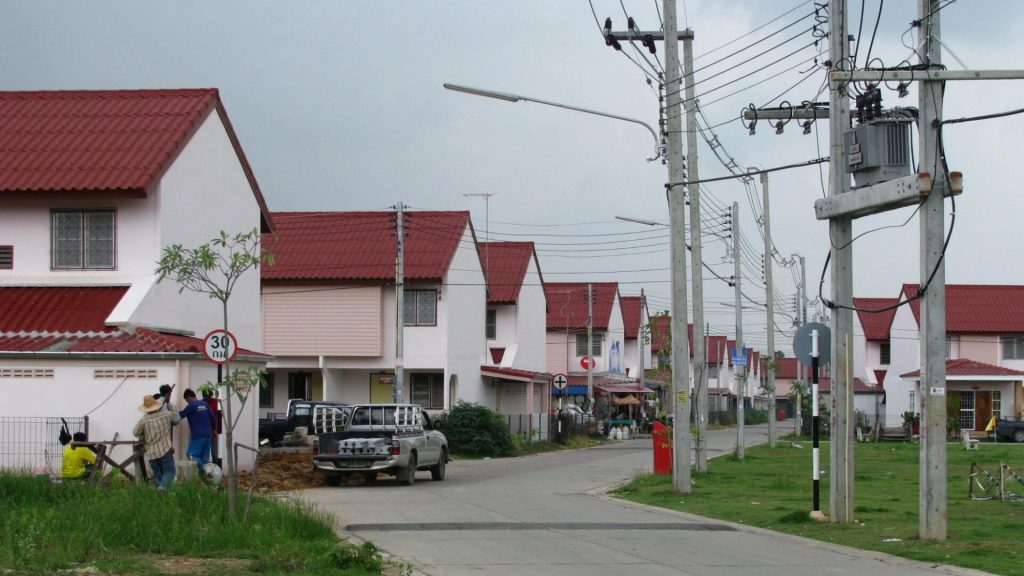
With only 2,000 projected spots available for this year’s Dream for All applicants, competition will be high to get these loans from the state.
The Profit-Share Plan Is an Income Device
California has been facing many income issues for quite some time. The profit-share plan from this loan program might help shore up its income.
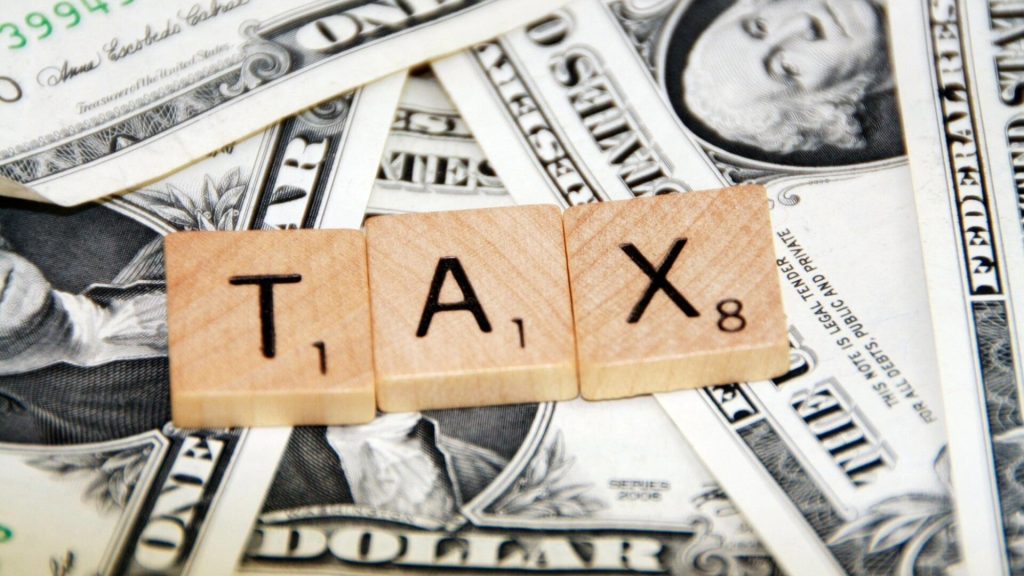
Borrowers will be required to pay the full amount of the loan and 15%—20% of the final sale cost of the home. The amount homeowners pay might be even more than first suspected.
Will This Help California?
Between California’s massive housing price problems and low availability for its homebuyers, this program might be more trouble than it’s worth to the state.

However, the money it stands to make from the sales of these homes might balance out the risk it’s taking. Only time will tell if it will significantly impact the state’s income.






